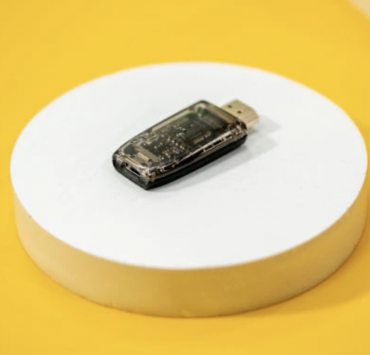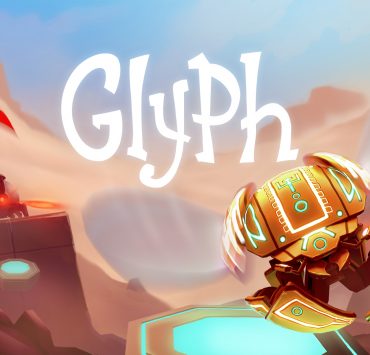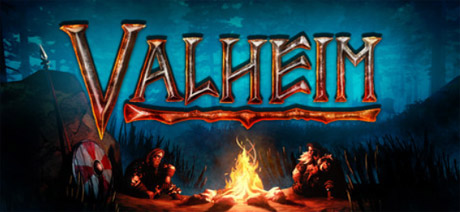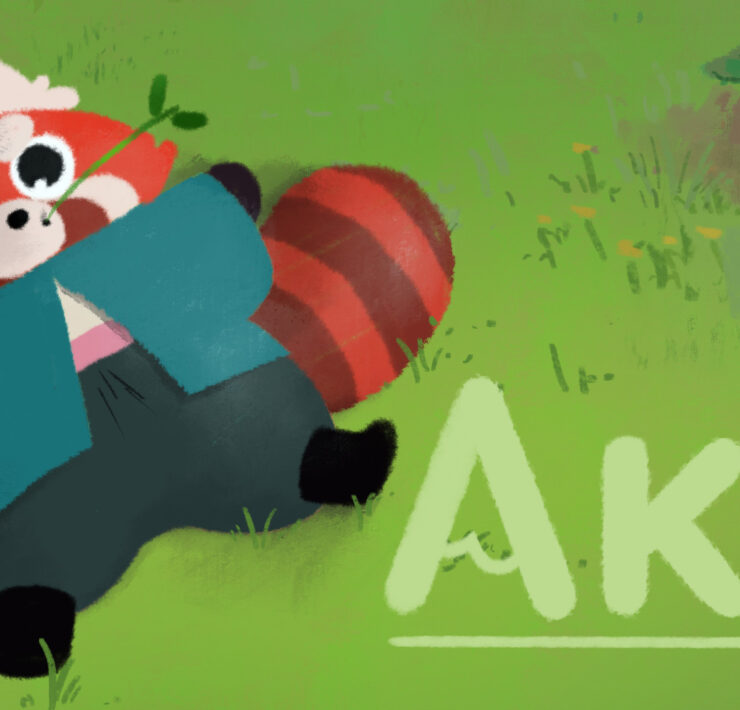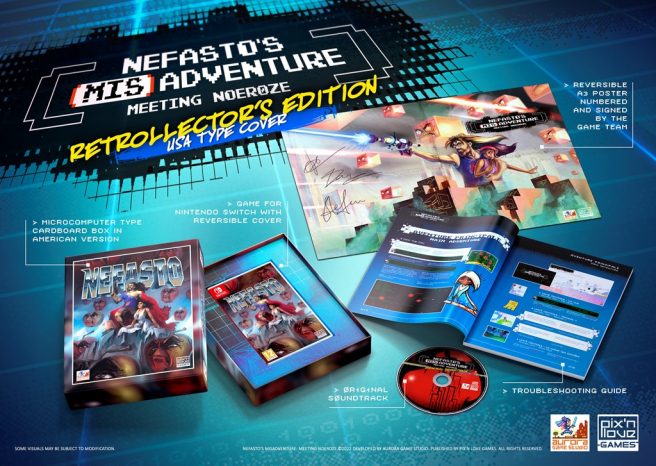Function Over Fashion: The Importance of Core Mechanics

What is it about Nintendo’s first party properties that has stood the test of time? What has allowed Nintendo games to be, by and large, impervious to that ever-present issue of aging? It’s a big question with more than one answer, but it definitely can be answered. Nintendo does far more than just set trends and create genres like “platformer” or “metroidvania”. It has also stayed ahead of the curve, generation after generation, by sticking to a philosophy of function over fashion.
There’s more than one way for a game, a series, or even a whole genre to age poorly; to become stale. It might be in their mechanics, which begin to feel janky and awkward as fluidity in games becomes more refined. The tank controls of the first three Resident Evil games come to mind. Even the stodgy feel of the original Dark Souls doesn’t feel half as tight and refined as Bloodborne or Dark Souls 3.
Or maybe it’s the graphics, which often suffer before anything else. Going back and playing a PS1 or PS2 game feels less and less appealing these days because of how angular and blocky they appear. We might go back, sure, but it’s often out of nostalgia more than appreciation for the aesthetics. Then there’s poor voice acting, dialogue, plotting, and sound design.
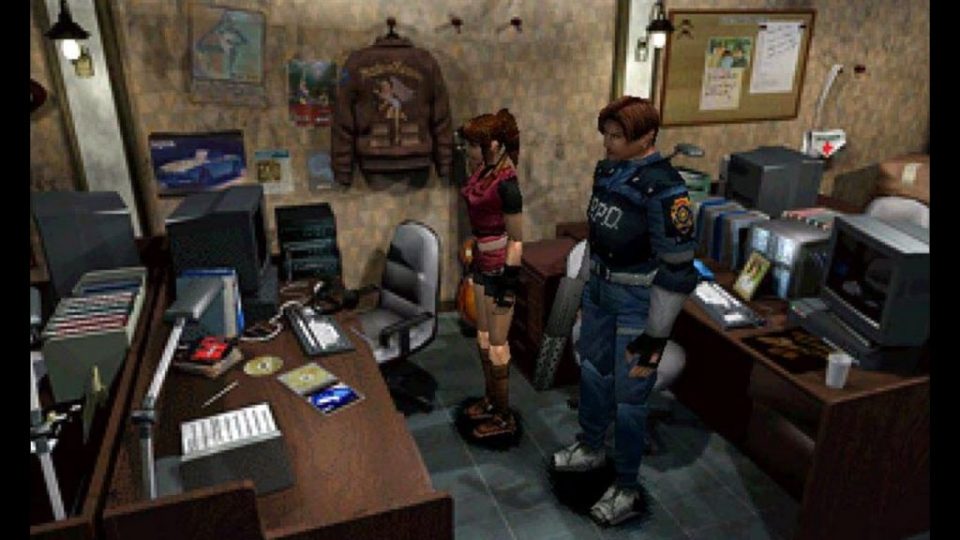
There’s a lot that can hold a game or a franchise back from becoming timeless, but Nintendo has mostly done well to avoid the graphical, artistic, auditory, and mechanical pitfalls that lead to awkward aging. How? The answer lies in how they approach each and every one of these areas of game design. And in all of them, Nintendo excels at simplicity, beginning with a core mechanic or concept and never building beyond that more than they need to. Let’s look at Mario games as an example.
It’s easy to point the finger at Mario games and make the argument that they’ve become stale. For example, they have never adopted full voice acting. But voice acting is one of the areas where aging can set in quickly (look at any CAPCOM game from the PS2 era). Hell, even Breath of the Wild has some tragic English voice acting, and that was after Nintendo took the risk of committing to giving Zelda et al (not you, Link) a voice. In avoiding that in favour of Mario’s now iconic whoops and yahoos, aging is easily yet skillfully avoided.
Tied to voice acting is writing. A Mario game’s script is short; its dialogue charmingly light and fun. The story and dialogue of a Mario game maintains a view to entertaining its players inasmuch as its mechanics and visuals do. There’s an agreement within every Mario game that not a single aspect of the game impedes its fun factor, its pacing, or its engagement. No lengthy cutscenes, no heavy themes, no info dumps. This means that Mario games mostly avoid getting political and you might have thoughts on that, but it means that Nintendo can maintain a universality that crosses age gaps and culture barriers in its audiences. It’s that universality that stands the test of time.
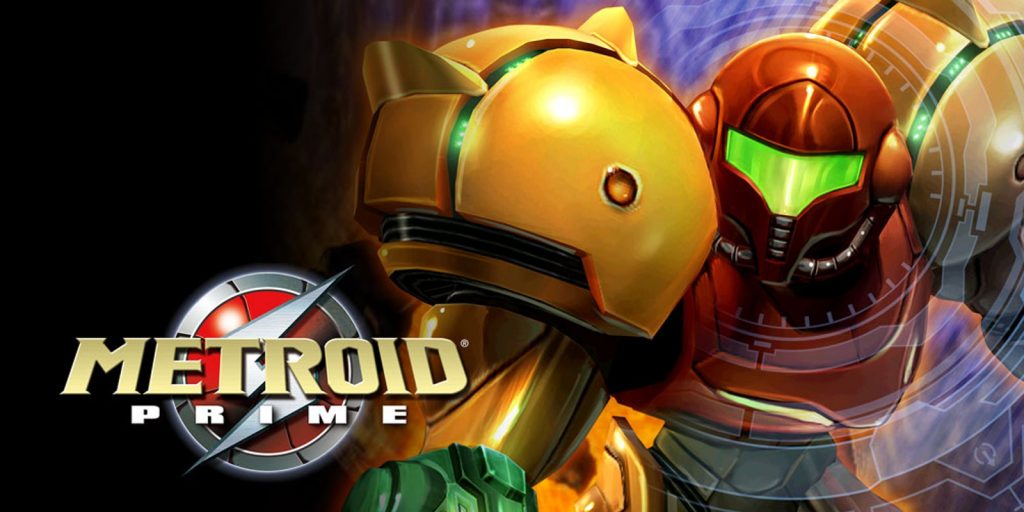
You can take this argument and apply it to almost every Nintendo property. The Metroid games, from the original to the Metroid Prime trilogy, stick to a core principal of exploration and traversal. The Metroid games are about a space-faring bounty hunter exploring new locations, conquering the landscape, growing in strength and ability, and facing down her foes. She needs little motivation; she doesn’t need to talk; the world is hers to overcome through actions, not discussion. Even 2016’s Doom reboot took a leaf out of Metroid’s book by having a voiceless protagonist who endeared himself to the player through simple actions that came to define his character, as well as a plot that emphasized burrowing deeper into enemy territory and overcoming greater and greater odds.
Consider for a moment Metroid: Other M (although you might prefer not to). This game, developed by Team Ninja rather than Nintendo, gave Samus a lifeless voice and a story that engaged in gender politics. It has not aged well in its writing, its acting, or its character moulding; it did not do justice to her character.
Every other Metroid game has aged far more successfully by stripping Samus down to her core: a strong, stoic, capable bounty hunter with a mission and a rival. In fact, leaning on minimalism in her characterization and the lore of her world only allows for more intrigue and wonder on the part of the player. It encourages a little imagination, and that’s a great thing. Like when reading a book, what gaps are left must be filled in by the reader, and it’s that effort of imagination that further endears us to our most beloved characters and settings.
There’s still far more to this discussion than just voice acting, writing, and story. As I mentioned at the top, it is graphics which often age more quickly and awkwardly than anything else in video games. The rise of pixel art indie games has shown, however, that the NES and SNES eras have remained largely beloved, appreciated, and admired periods in gaming with an art style so cherished by players that many of us even get tattoos of pixel art characters. It was during this period that Nintendo ruled the roost, and if you boot up A Link to the Past or Super Metroid right now, you’ll find nothing awkward or clunky about the visuals in these games. They’re still gorgeous, because that’s the nature of 2D 8/16-bit games.
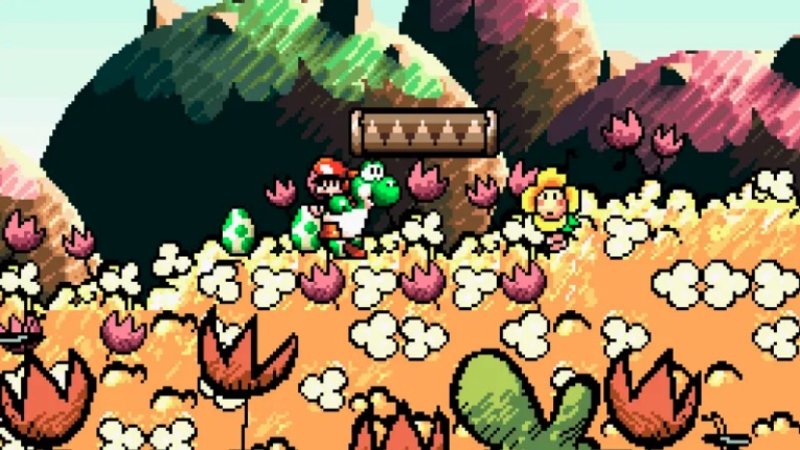
This goes beyond the luck of pixel art, however, and Nintendo has known this from the start. It’s a fairly well-known and accepted fact that games with a unique visual aesthetic (usually a cartoonish one) age wonderfully well. And Nintendo excels in this area, too. On the SNES, we had Yoshi’s Island, a game with a hand-drawn pastel colour aesthetic which established a theme in Yoshi games that each one must always have some sort of “craft” aesthetic. Yoshi’s Island has stood the test of time for this reason, as will Woolly World and Crafted World. Then there’s Wind Waker, a GameCube game which fans were hesitant about at launch but has easily proven to be the 3D Zelda game that has aged the best thanks to its bright, cartoonish cell-shaded aesthetic (those bomb animations are still drop-dead gorgeous). Nintendo knows that graphical power can never compete with art style and aesthetics, and their history shows.
All of this points to Nintendo’s knack for refrain. Sheer graphical power won’t mean anything when technology has moved on. And the same philosophy can be seen in the most important aspect of any Nintendo game (and any game at all, really): its gameplay mechanics.
Nintendo never spreads its mechanics thin. Instead, Nintendo games often take a core mechanic and looks at what can be done with it. A lot has already been said, by smarter people than me, about the strength and versatility of Mario’s jump. But it really is the best example of what we’re talking about here. Mario’s jump represents Nintendo’s philosophy. It is a core mechanic, executed with a single button press, which has had characters, levels, worlds, enemies, stories, and other mechanics built around it. Mario’s jump, in many ways, is what Nintendo has been built from. And you can look to so many games for evidence of this same philosophy: Super Metroid is built on its level design; Breath of the Wild on Link’s ability to manipulate the landscape; Luigi’s Mansion on sucking up everything that moves and everything that doesn’t; Mario Kart on its randomized weapons and items.
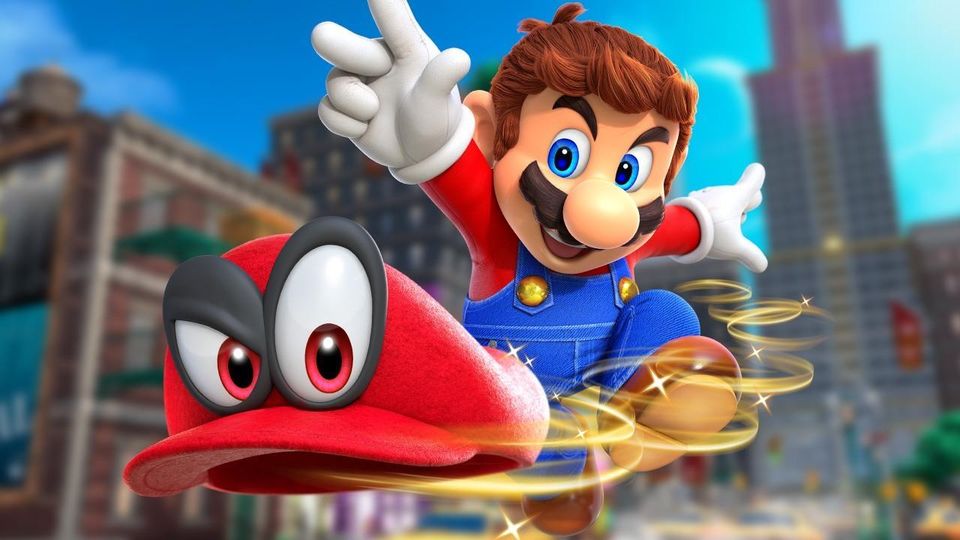
And with each subsequent release in their properties, Nintendo take that same core mechanic and looks at how it can be built upon. Again, to take Mario as the best example, Sunshine added FLUDD as a jetpack to expand on the jump, Galaxy added gravity mechanics to the jump, and Odyssey added Cappy as another extension to the jump. All of these additions took the limited jump and gave it a new way to be used for traversal, battling enemies and bosses, and even building that game’s plot and setting.
Bottom line is that Nintendo is not interested in fashion over function. By that, I mean in following genre trends, adding unnecessary details to its games, or pushing graphics engines to their limits. Instead, Nintendo is concerned with making games that stand the test of time. And that means emphasizing art over graphics. It means designing levels that are memorable and fun to traverse rather than open worlds that exist to fill with objective markers and side quests. It means building a game around one beautifully executed mechanic or law that is fun to use and experiment with from beginning to end and even over multiple runs.
Thank you for stopping by Nintendo Link and reading one of Will Heath’s outstanding features. What are your thoughts on this topic of Function over Fashion? Let us know in the comments below!
What's Your Reaction?
Will Heath is a freelance writer and digital nomad from the UK who mostly splits his time between London and Tokyo. He runs the website Books & Bao – a site dedicated to international literature and world travel – and writes about video games for Nintendo Link and Tokyo Weekender.






